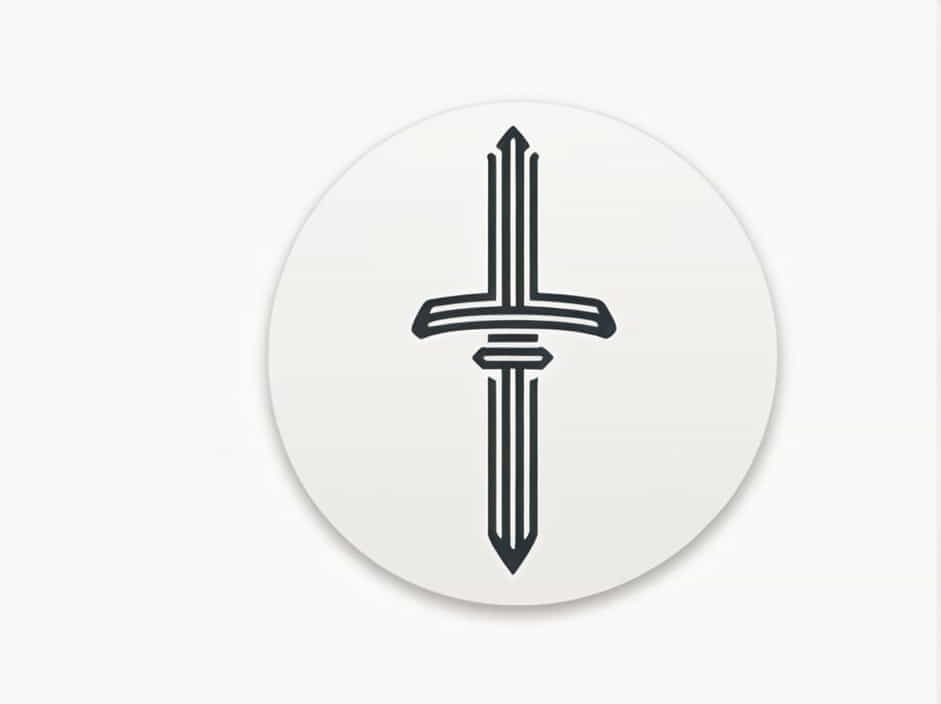The Rare Lithograph Broadsword of the Resistance is a fascinating piece of history that embodies the spirit of rebellion, artistry, and craftsmanship. This unique artifact is not just a weapon but also a symbol of defiance, often associated with movements that fought for freedom and justice.
Collectors and historians alike value this lithograph for its intricate design, historical significance, and rarity. In this topic, we will explore its origins, the artistic techniques used in its creation, and why it remains a coveted piece among enthusiasts.
The Historical Background of the Broadsword of the Resistance
1. What is the Broadsword of the Resistance?
The Broadsword of the Resistance refers to a legendary weapon used by fighters in various uprisings. Unlike traditional swords, this particular broadsword gained recognition due to its association with underground movements and its depiction in rare lithographs.
Throughout history, resistance fighters, whether from medieval rebellions or modern conflicts, have relied on weapons that symbolize their cause. The broadsword, with its powerful blade and imposing design, became an emblem of strength and defiance.
2. The Role of Lithography in Capturing the Legend
During times of conflict, lithography played a crucial role in spreading the stories of resistance. Artists used this printing technique to create highly detailed illustrations that depicted weapons, heroes, and battles.
The Rare Lithograph Broadsword of the Resistance is one such depiction—an image capturing the essence of a weapon that represented rebellion. These lithographs were often circulated in secret, inspiring people to join the cause and remember the sacrifices made by their predecessors.
The Artistic and Craftsmanship Aspects
1. Lithographic Techniques Used
The process of lithography involves etching images onto a stone or metal plate and then transferring them to paper using ink. For historical depictions of the Broadsword of the Resistance, artists employed:
- Fine detailing – Ensuring the sword’s engravings and embellishments were accurately represented.
- Symbolic elements – Adding imagery such as flames, chains breaking, or flags of rebellion.
- Monochrome and color variations – Some lithographs were black and white, while others included subtle color enhancements for depth.
2. Sword Design in the Lithographs
The broadsword depicted in these rare lithographs usually featured:
- A broad, double-edged blade, symbolizing the power and resilience of resistance fighters.
- A decorated hilt, often engraved with emblems or mottos representing the movement.
- A sturdy crossguard, designed for both protection and aesthetics.
- Unique etchings on the blade, sometimes including dates or phrases linked to historical uprisings.
Why the Lithograph is Considered Rare
1. Limited Production and Secret Distribution
Since these lithographs were often produced during times of oppression, they were not mass-printed. Instead, only a handful of copies were made and distributed among select individuals. Many were hidden, destroyed, or lost over time, making surviving copies exceptionally rare.
2. Collectibility Among Historians and Enthusiasts
Collectors value the Rare Lithograph Broadsword of the Resistance because of:
- Its historical importance – Tied to key moments of rebellion.
- Artistic excellence – Showcasing fine craftsmanship.
- Scarcity – Fewer copies exist, increasing their worth.
- Connection to legendary weapons – Making it a prized possession for sword collectors and history buffs alike.
How to Identify an Authentic Lithograph
Because of its rarity, counterfeit versions of this lithograph exist. Here are some ways to spot an original:
- Paper quality – Genuine lithographs were printed on high-quality, aged paper.
- Printing marks – Look for authentic ink textures and stone plate markings.
- Historical records – Cross-reference with archives to confirm authenticity.
- Expert verification – Consulting an art or antique expert can provide confirmation.
The Cultural and Symbolic Meaning
Beyond its artistic and collectible value, the Rare Lithograph Broadsword of the Resistance remains a powerful reminder of the fight for freedom. It symbolizes:
- Bravery and courage – The strength of those who stood against oppression.
- Art as a tool of resistance – How creativity played a role in inspiring movements.
- Legacy of rebellion – Ensuring that stories of past struggles are not forgotten.
The Rare Lithograph Broadsword of the Resistance is more than just an artifact—it is a bridge between history, art, and the spirit of defiance. Whether owned by a collector, displayed in a museum, or studied by historians, it remains a treasured piece of the past that continues to inspire new generations.
